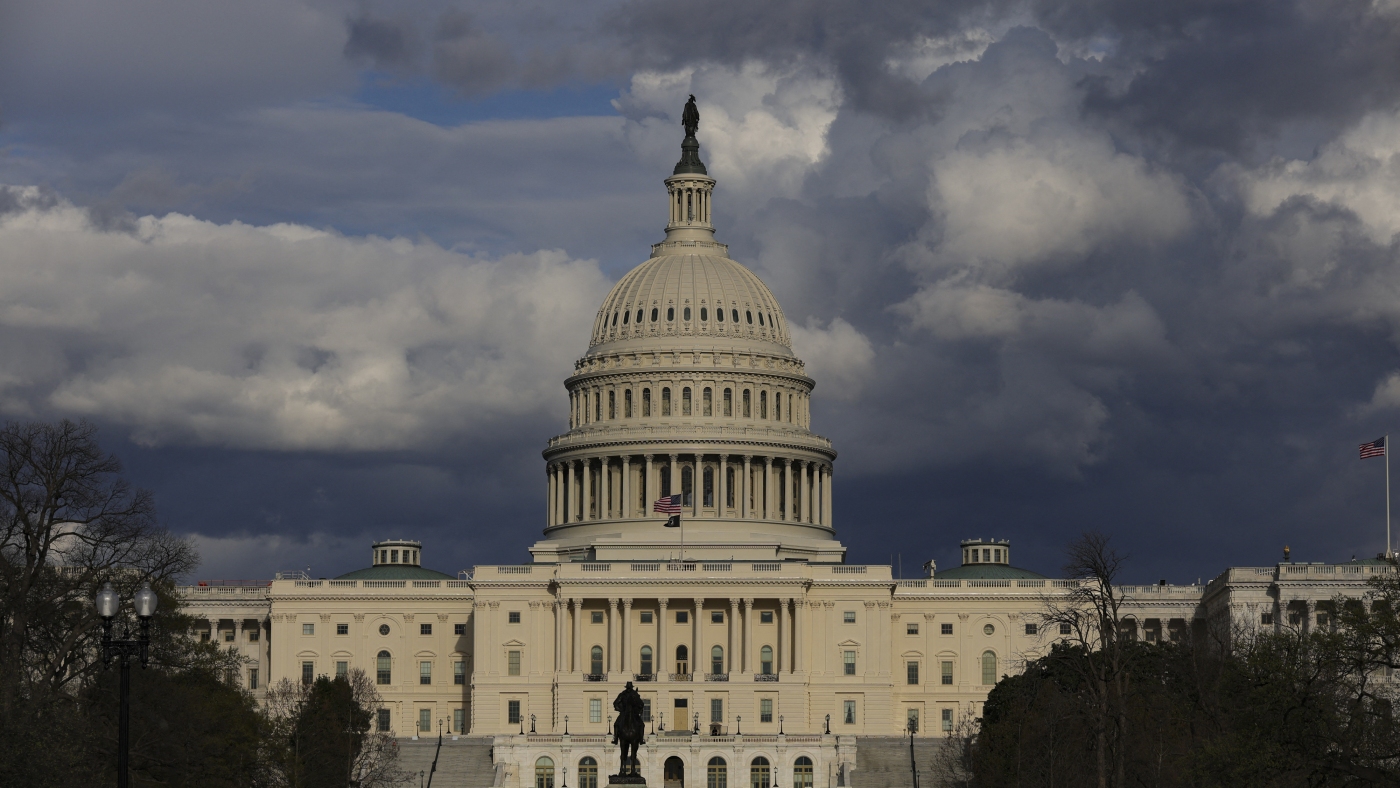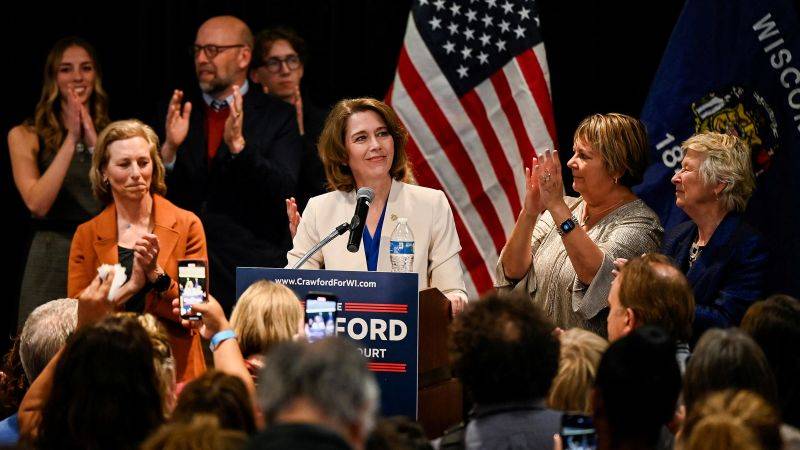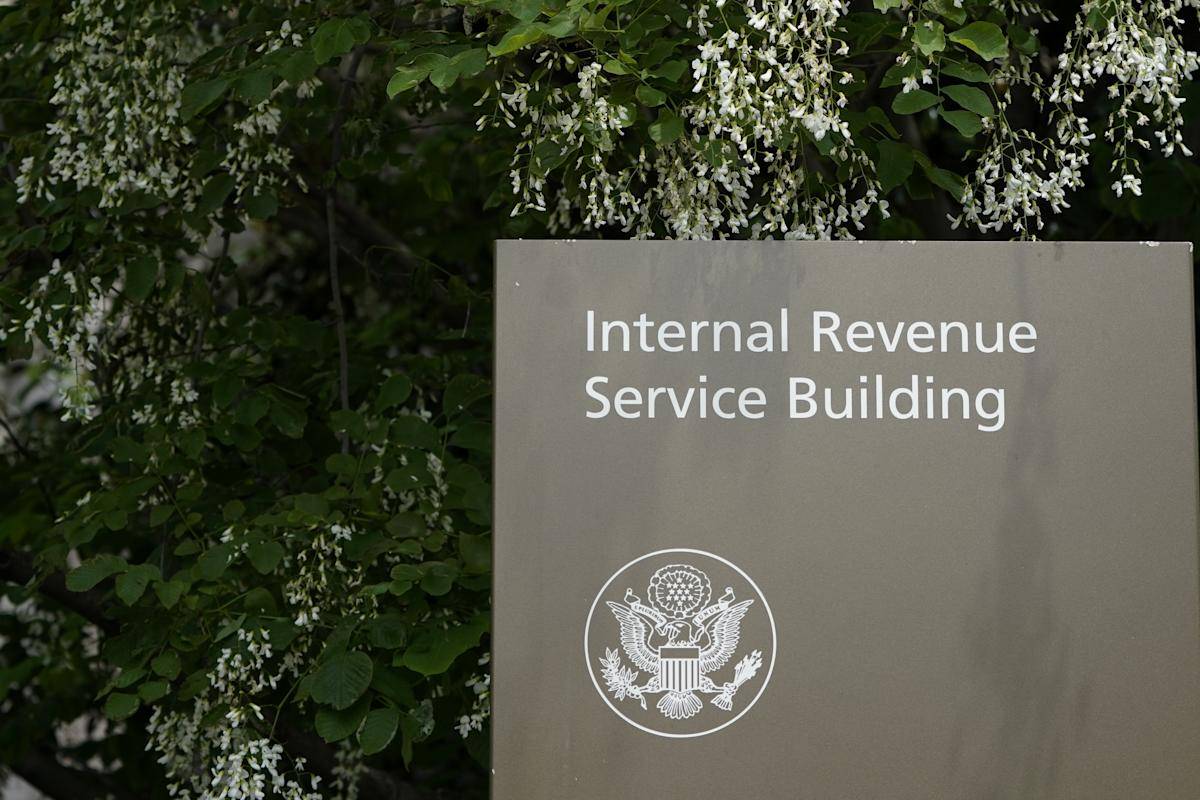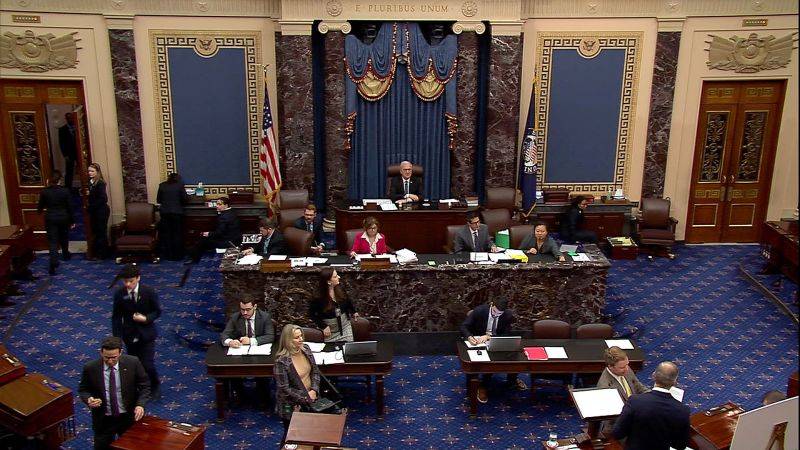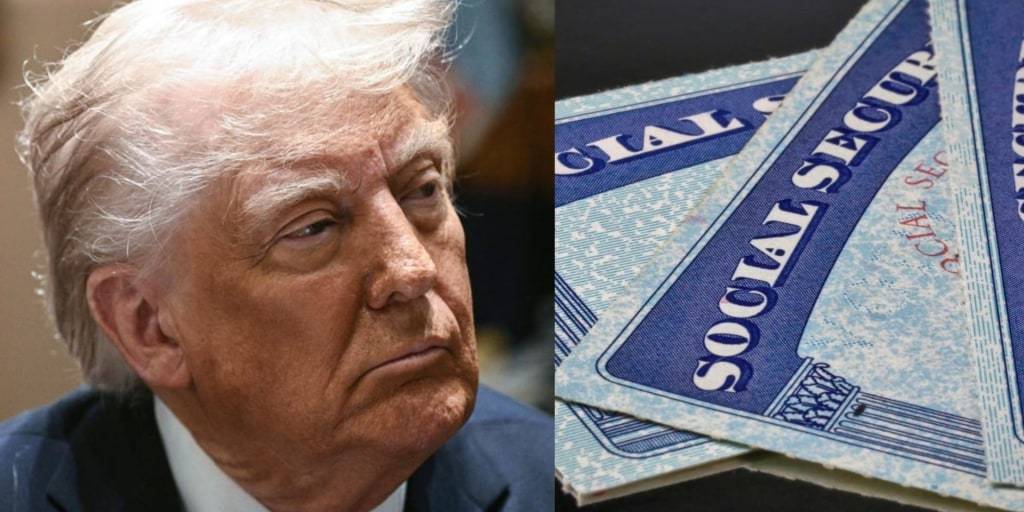Shifting Landscape of Cryptocurrency Regulation Under Trump
As I reflect on the evolving landscape of cryptocurrency regulation under the second Trump administration, it’s clear that significant shifts are underway. During his first term, President Trump was skeptical about digital assets, but in recent years, his stance has dramatically changed. In 2024, he attended a Bitcoin conference, vowing to make the U.S. the “crypto capital of the planet,” promising a stockpile of cryptocurrencies and pledging that all cryptocurrencies would be mined domestically.
Executive Order: Strengthening American Leadership in Digital Financial Technology
This shift in policy is underscored by his executive order, “Strengthening American Leadership in Digital Financial Technology,” issued on January 23, 2025. The order aims to establish a clearer regulatory framework for digital assets, emphasizing open public blockchain networks while opposing the creation of a U.S. central bank digital currency (CBDC). This marks a distinct departure from previous policies, as it revokes prior executive orders and frameworks established under the Biden administration.
President’s Working Group on Digital Asset Markets
One of the key elements of this new approach is the establishment of a President’s Working Group on Digital Asset Markets, headed by David Sacks as the White House AI and crypto czar. This group is tasked with evaluating the potential for a strategic national digital asset stockpile and ensuring that regulatory frameworks support U.S. leadership in blockchain technology. This move signals a move towards deregulation, which could boost innovation and growth within the crypto industry.
SEC Changes and Deregulation
However, while the administration seeks to reduce federal oversight, civil litigation may serve as a check on the industry. The SEC has already closed several high-profile investigations without further action, reflecting the new regulatory environment. Additionally, appointments like Paul Atkins as SEC Chair, known for his history of voting against enforcement actions, highlight the shift towards a more crypto-friendly regulatory environment.
Legislative Efforts: Lummis-Gillibrand and Bitcoin Act
The Lummis-Gillibrand Act, introduced in May 2024, and the Bitcoin Act of 2024 by Senator Cynthia Lummis, are legislative efforts aiming to clarify and support digital currency regulation. These initiatives underscore a broader push for pro-crypto policies that could significantly reshape U.S. crypto laws.
Balancing Innovation and Oversight
While optimism is rising among crypto advocates, critics worry about potential risks associated with less stringent regulations. The recent failures of platforms like FTX and Terra Luna have raised concerns about oversight. As the landscape evolves, a delicate balance between innovation and oversight will be crucial in shaping the future of cryptocurrencies in the U.S.
Conclusion
In my experience covering political developments, I’ve observed that policy changes often have far-reaching consequences. The current shifts in crypto regulation under President Trump’s administration could lead to renewed growth in the crypto sector, but they also require careful consideration of potential risks to ensure sustainable progress. As a journalist, witnessing these developments firsthand in the Washington, D.C. political corridor, it’s clear that this evolving landscape will be closely watched by both advocates and critics of digital currencies.



